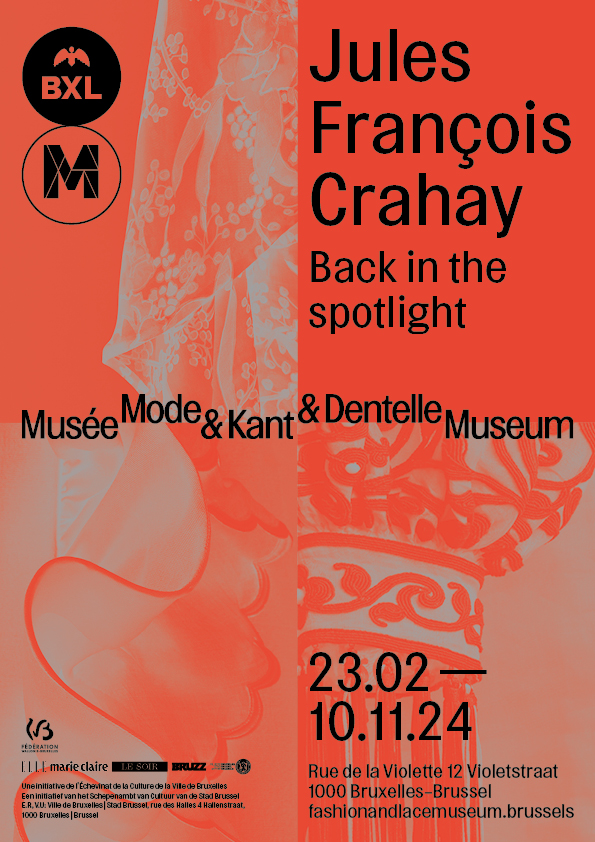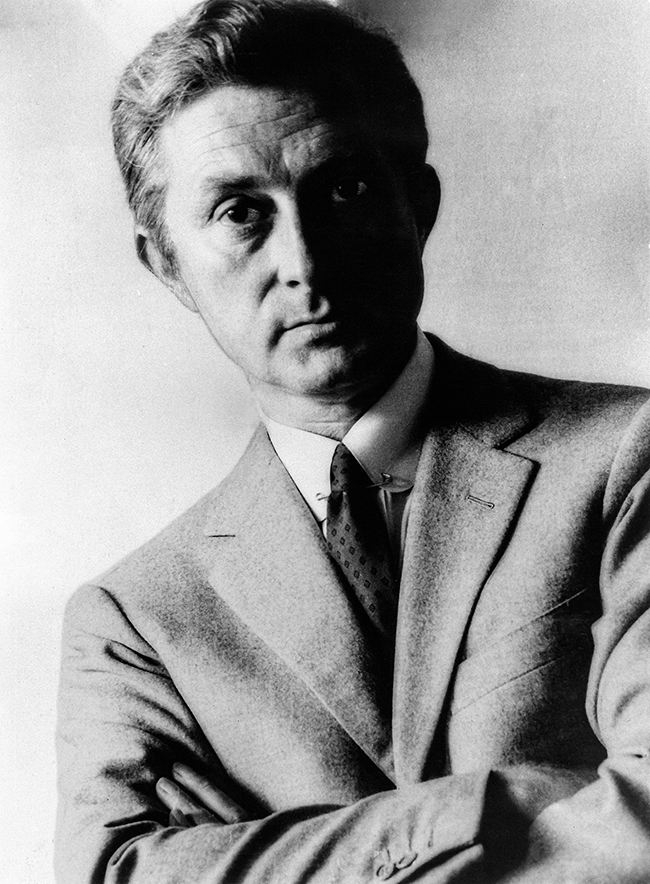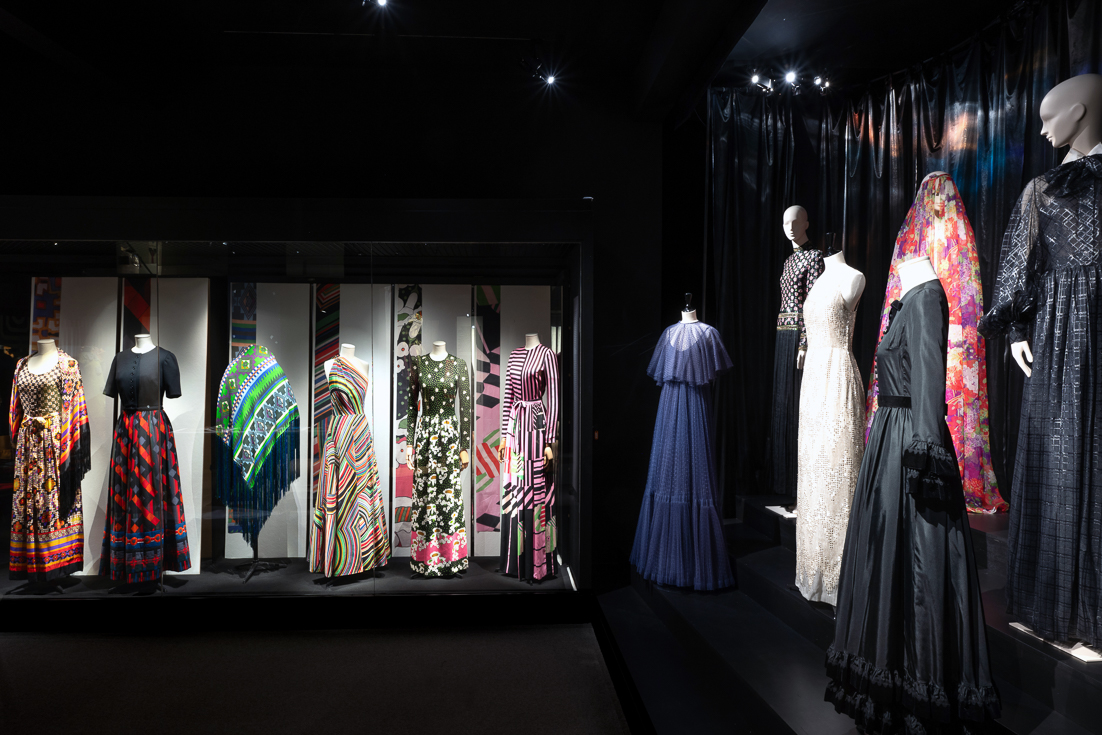The name Jules François Crahay may not mean very much to you, and yet… This Belgian is one of the last geniuses of couture. For the first time, and thanks to extensive research, the museum is devoting an exhibition to him. An opportunity to discover or rediscover this undeservedly forgotten couturier.
‘A new star is rising in the firmament of Parisian fashion’, journalist John Fairchild wrote in Women’s Wear Daily in 1959. Jules François Crahay had just signed his first collection for the Nina Ricci fashion house. It was showered with praise and brought in countless orders. The press compared him to Christian Dior. The subsequent collections confirmed his reputation as a master of couture.
In 1964, he joined the Maison Lanvin, where he created some 40 haute couture collections and more ready-to-wear garments. He dressed celebrities like Claudia Cardinale, Princess Paola and Jackie Kennedy. His unique creativity and independent thinking opened the way to Belgian designers like Martin Margiela, Olivier Theyskens and Nicolas di Felice at the head of prestigious Parisian fashion houses.


















